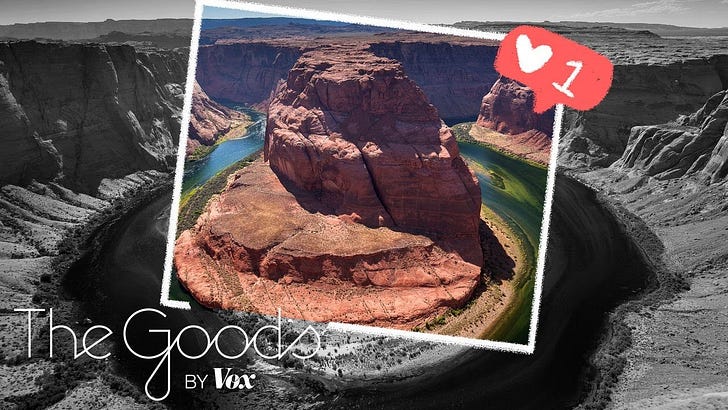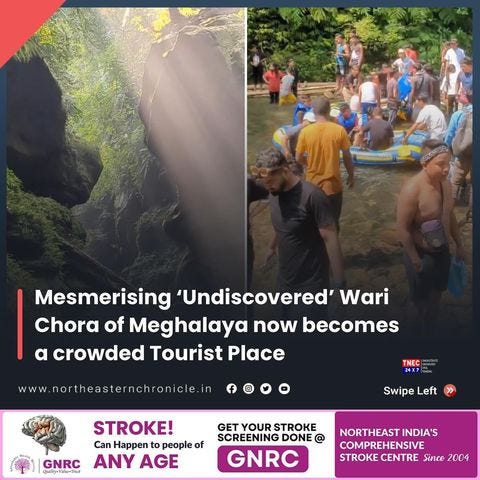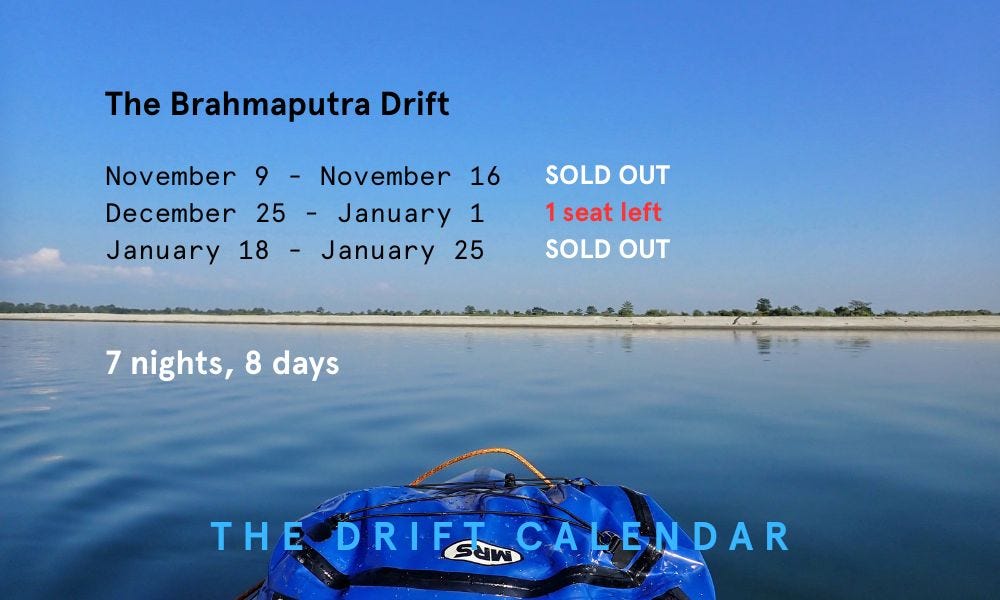Tags. They’re everywhere. Name tags, price tags, Facebook tags, and now geotags.
If you’ve ever been on a Knowhere Travel holiday, you know you only get the map location after you’ve made a booking. This practice (or rather, policy) of encrypting names and locations (while safeguarding business interests), is an essential aspect of our ethos and in our latest dispatch, we explain why.
A typical booking voucher contains specific guidelines for all our guests to not geotag. So, we thought we’d use this issue to talk about geotagging a little more.
Before we get started, there are niggling issues that are hard to ignore — approachability, gatekeeping, and privilege. How can we reconcile our dream of making the outdoors accessible and approachable to everyone and advocate for mass rapid transit (public buses, trains, etc), with our belief that some places just need to be safeguarded otherwise they will be destroyed?
It might seem counterintuitive to not geotag for the reasons mentioned above, but let’s be clear that while we want places to be approachable, we don’t want to see them destroyed. And sometimes, discretion is the way to do it.
What is geotagging?
First, we recommend watching this video by Vox:
Geotagging is all about adding location info to your photos, videos, or social media posts. When you geotag something, you’re basically tagging it with coordinates like latitude and longitude, so everyone knows exactly where it was taken. Sometimes, it can even include extra details like altitude or the time it was snapped.
This is a feature on Instagram and other social media platforms and when done indiscriminately, has created an outsize burden on scenic spots around the country (and the world).
Overtourism, one of the biggest burdens, causes land degradation, the collection of plastics and other waste, accidents, soil erosion, and destruction in general.


Why NOT geotagging is even more important in India
In a country of 142 crores, more and more people are travelling. And more and more are making quick decisions and going to destinations based on Instagram recommendations.
Unfortunately, we haven’t worked as fast to improve tourism infrastructure or brief people effectively on overcrowding, keeping spaces clean, or respecting anything other than places with religious significance.
Wari Chora, in Meghalaya, a tourist attraction known for blue waters and the chance to raft through a narrow canyon, has been documented as being overcrowded and congested. Much of its beauty has been destroyed in the name of tourism.
Our friends from Jack and Hill Adventures shared two important posts to spread awareness about geotagging, and we’re sharing them here for you to read.
The role of influencers
The ‘Content creators’ space is diluted which leads to producing superficial content, masking what’s there for something unrealistic. It usually goes something like this:
Azure waters, coconut trees, one individual posing, no locals — Bali
Snow-covered mountains, pine trees, colourful fleece jacket, no locals — Gulmarg
Verdant lawns, cloudless skies, aquamarine ocean, red swimsuit, no locals — Maui
Sun hat, cargos, pyramids, the Sphinx, no locals — Egypt
The fricken Golden Gate Bridge, no locals! — San Fransisco
When influencers geotag, hordes of people visit that place hoping for a similar photograph. A lot gets lost in the process, from places getting destroyed to the very idea of originality.
When influencers geotag, they often neglect to mention the context in which they got there, who lives around that spot, and what the place is like — looking at a place to consume, not experience.
In our last newsletter, we wrote about the kind of traveller it is possible to be. Read it if you’d like to know more.
Moving on to lighter topics!
Check out the experiences we offer, and notice how we aren’t telling you exactly where they are! ;)




The Binsar Forest Trail & Sweet Valley Crossing
We’re reopening the gates to the sanctuary for The Binsar Forest Trail on September 29.
We’re also running 6 walking holidays as part of our Sweet Valley Crossing experience starting September 29.
Check out both our walking holidays on our website!
The Brahmaputra Drift
We also announced the next round of river expeditions in the Brahmaputra, as part of our ongoing ‘The Brahmaputra Drift’. We’re only organising 3 Drifts on this particular stretch of the river, starting in November and ending in January.
We only take 8 people at a time and we’re nearly sold out, so get in touch soon!
Journeys in Ladakh
Check out our itineraries here to understand how we plan holidays in Ladakh. We do not plan for less than 8 days.
A tip from us: Don’t trust any itinerary that doesn’t give you at least 24 hours to acclimatise to these formidable altitudes.
Catch a glimpse of the three journeys we offer - with a fun blend of culture, nature, history, and food! (We’ll customise this based on your preferences after getting on a call with you.)











